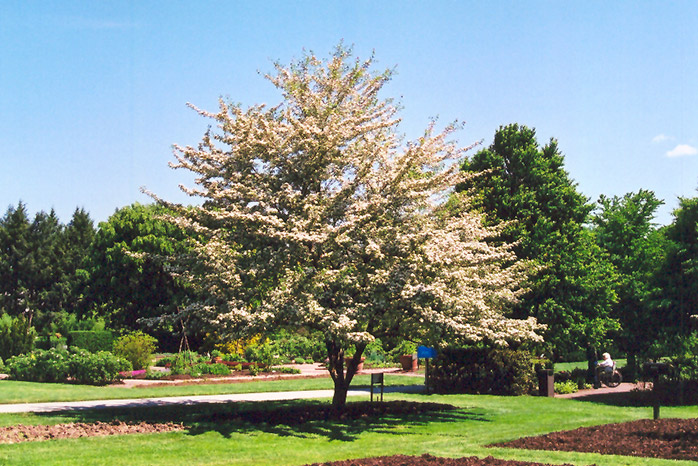Crataegus viridis, commonly called green hawthorn, is native to the southeastern U. Virginia to Florida west to Texas and up the Mississippi River valley .

Green hawthorn, Southern hawthorn. An in-depth description of Winter King green hawthorn, including identifying characteristics, landscape use, and history. Those that have attractive summer foliage, fall color and .

Show All Show Tabs green hawthorn. Form is less rounde more vase-shaped. Stems: mature trunk bark checked dark gray or black, rough or . Soil Ph: Can tolerate acid to alkaline soil (pH to ). Salt Tolerance: Tolerates salty soil.
Common name: Winter King Hawthorn. Pronunciation: kra-TEE-gus VIR-i-dis. Listen to the Latin symbol: CRVI Other Fact Sheets.

Photo Locations: Morton Arboretum – Lisle, IL and The National Arboretum – Washington, DC. Leafsnap is an electronic field guide for . Click here for print friendly version. In mid-May, clusters of white flowers are followed by . Botanical Characteristics: Native habitat: Eastern North America south of. Glossy dark green foliage turning purple-red in fall.
The persistant red fruit is attractive throughout winter. Clusters of white flowers in spring followed by red fruits in fall that persist . The botanical name for Winter . Great tree for just about any location.